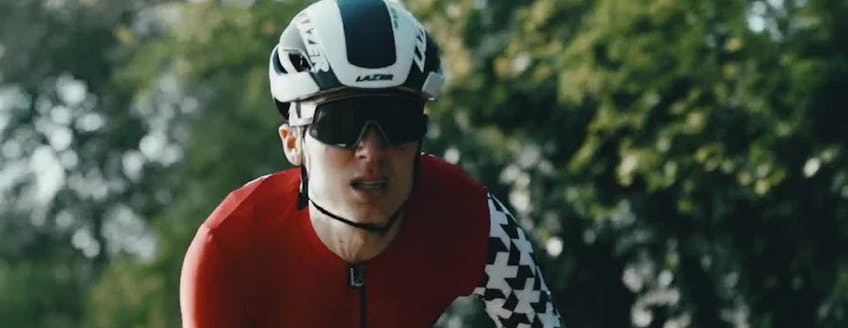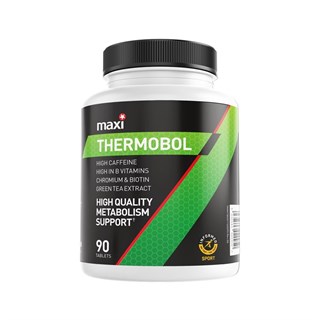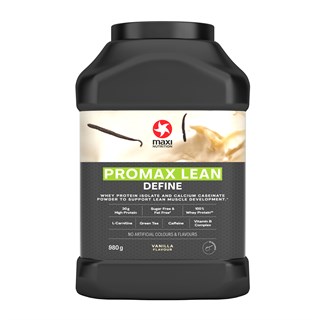Why protein is so important for cycling nutrition
Cycling nutrition has to feed lean, toned muscles to perform for long distance and high-duration exercise, and protein is a key part of better cycling nutrition.
The body of a cyclist is one of lean muscle. It’s toned, powerful and functional. Less than 10% body fat is the norm, perfected through 6-8 hours aerobic and anaerobic daily exercise, and fed by better cycling nutrition.
Its the combination of a low body fat percentage and high muscle ratio that helps cyclists conquer the hills and win those sprints. Hours on the bike are of course essential, as is cross-training to sharpen up fitness on non-bike days. But cycling nutrition is one area that everyone can learn from. Here's how.
Nutrition
You need to fuel your body to feed your muscles effectively, giving you the confidence that every ounce of you is ready to perform. We all know that it’s not always easy to stick to a diet but food doesn’t have to be your enemy.
A high-protein, fibrous diet will help you cut out unwanted carbs and combined with the right training will help you develop the power to weight ratio that cyclists have. A high protein diet helps maintain muscle mass and helps you rebuild your muscles. Choose salmon, turkey or tofu for your evening meal served with quinoa or bulgur wheat and a side of veg. Dairy is still on the menu. Go for the low-fat options such as reduced-fat mozzarella and skimmed milk, and remember that dairy has a surprising amount of protein with the additional benefits of calcium too.
We all love a snack or two, but you don’t have to lose your focus. A Maximuscle Promax Lean Bar contains 20g of high-quality protein. An ideal quick-grab tasty snack for when you’re on the go. Enjoy after your workout for maximum impact.
Maximise the benefits of your nutrition plan with plenty of water to keep you hydrated.
Training
Every cyclist has to focus on training for their chosen event, but all have to think about their muscle to weight ratio. That means training to concentrate on your fat-burning zone and building a regular plan around it.
To work out your fat-burning zone, take the following steps:
- Subtract your age from 220 if you’re male and 226 if you’re female. This will give you your Maximum Heart Rate (MHR)
- Your ideal fat-burning zone is between 60 and 70% of your MHR.
So, a 30-year old male would have an MHR of 190 and his fat-burning zone would be between 114 and 133 beats per minute.
If you don’t fancy that method then use the Talk Test. If you can’t talk at all whilst exercising, then you’re overdoing it. If you can recite the dictionary, step it up! Go for cardio and high-intensity training to really burn that fat.
Cycling nutrition isn’t just about cramming in carbs: protein helps you develop the lean muscle that helps you burn the energy in the first place, and keeps working to sustain and build muscle after your ride. Make sure you get enough in your cycling training.


















